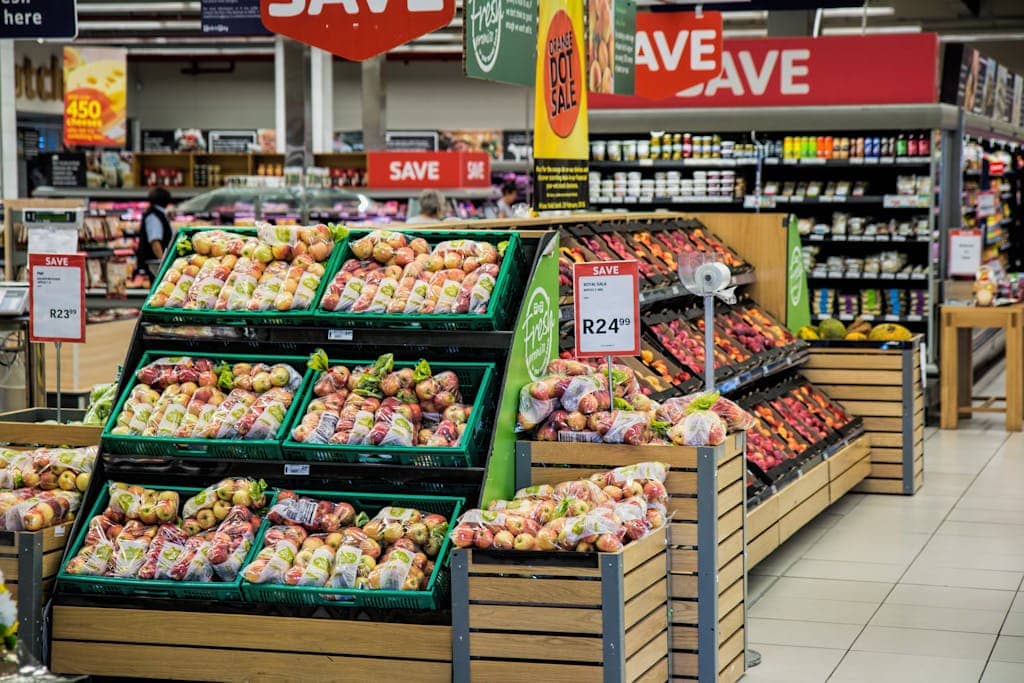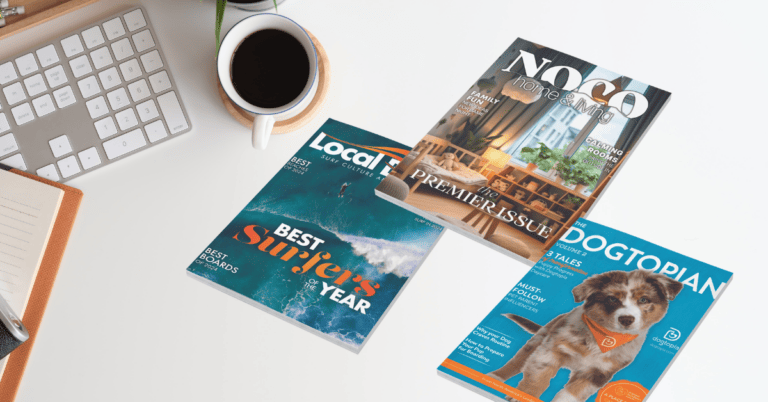Hyperlocal Marketing: How it Works and How to Use It
In the world of advertising, many businesses focus on city- or area-wide campaigns. However, for some advertisers, this approach is not localized enough. This is where hyperlocal marketing comes into play.
Similar to crime-fighting detectives using advanced technology to track down criminals, hyperlocal advertisers narrow their focus to just a few blocks or streets to target potential customers. By doing so, they can reach individuals right where they are – at home, work, or local stores in their neighborhoods.
In this post, we will delve into the concept of hyperlocal marketing. We will explore its definition, why it can be highly effective, and most importantly, how you can implement it in your paid search and paid social campaigns.
What is Hyperlocal Marketing?
Hyperlocal marketing involves targeting prospective customers within a highly specific, geographically restricted area. This can be as narrow as a few blocks or streets, with the aim of capturing the attention of individuals conducting “near me” searches on their mobile devices.
If you have ever found yourself searching for a specific type of business while out and about, chances are you have already conducted a hyperlocal search. For example, let’s say you are in need of a particular book and visit the nearest bookstore, only to find it sold out. In this situation, you would likely take out your mobile device and search for bookstores near your location. After all, you wouldn’t want to drive to another store after spending time looking for parking – you want a bookstore within walking distance, right?
This example encapsulates the essence of hyperlocal marketing.
Why Launch a Hyperlocal Marketing Campaign?
The primary objective of hyperlocal marketing is to drive foot traffic to physical locations and capitalize on “near me” searches, which often indicate strong commercial intent.
Near-me searches have become increasingly popular in recent years. According to data from Google, between 2014 and 2015 alone, near-me searches experienced a 130% year-over-year growth in volume. Since then, users have been relying on near-me searches to find a wide range of businesses, from post offices to New Year’s Eve fireworks celebrations.
While near-me searches continue to be popular, advancements in search technology have influenced how users search for businesses near them. Nowadays, many users expect local search results to take precedence over broader results, even when they do not explicitly include “near me” or other location qualifiers in their search queries. Google’s data reveals that local searches without explicit location qualifiers have grown 150% faster than searches including “near me.” This indicates that users now anticipate Google to automatically consider their location when delivering search results.
This shift in consumer behavior, where users increasingly rely on real-time geolocation tracking and expect location data to influence search results, has driven the popularity of hyperlocal marketing. It is not solely due to the widespread adoption of mobile devices; Google itself has intentionally shaped local search by prioritizing high-quality Google Maps results for near-me searches and offering “near me” suggestions in the “Searches related to…” recommendations at the bottom of the search engine results page (SERP). Additionally, Google has expanded its “Discover more places” section on the SERP, which was previously limited to mobile Maps results, to include desktop searches.
The combination of mobile device usage and Google’s emphasis on local search has made hyperlocal marketing an effective method for attracting new customers to physical stores.
Key Ranking Signals for Hyper-local Search Results
While there is still much we do not know about the specific ranking signals for hyperlocal searches, several factors have been identified as crucial:
- Comprehensive Google My Business Listing: To maximize visibility in local search results, it is essential to have a comprehensive Google My Business listing. This listing serves as a primary source of information for Google, providing details such as opening hours, address, and additional data points like peak business hours.
- Customer Reviews: Word-of-mouth marketing is highly effective, and customer reviews play a significant role in hyperlocal SEO. Many users rely on reviews and testimonials before making decisions about local businesses. According to Moz’s 2017 Local Search Ranking Factors report, review signals account for approximately 13% of how Google displays local search results in the “Local Pack.”
- Distance: Proximity is a strong ranking signal for hyperlocal SEO. However, Google’s approach to proximity can be complex. While it generally favors local results, there are instances where it may display a shorter local pack of results even if other businesses are closer to the user’s location. Factors such as the quality of a business’s My Business listing, an individual’s search history, and social ranking signals can also influence results.
Setting Up for Marketing Campaign
To launch a successful hyperlocal marketing campaign, it is crucial to configure your geolocation settings correctly and consider your keywords and options for hyperlocal social marketing. Here’s how you can set up a hyperlocal marketing campaign:
Hyperlocal Marketing in Google Ads:
- Navigate to the Campaigns tab in your Google Ads account and select the campaign you want to modify.
- Click on “Settings” and then the downward chevron in the Locations tab. Choose “Advanced search.”
- Click on “Radius targeting” and enter the central point of your targeting radius, such as the address of your store.
- Specify the radius distance, keeping in mind that a smaller radius will make your campaign more hyperlocal.
- Review and save your changes.
In addition to configuring your geolocation settings, it’s important to consider your keywords. Since you are targeting specific neighborhoods, include locally focused keywords such as “plumber back bay” or “emergency plumber shawmut” to attract business from those areas. Don’t forget to include relevant keywords with “near me” to capture users searching for nearby businesses.
Hyperlocal Marketing in Facebook Ads:
- Use Local Awareness ads, which are designed to raise awareness of your physical location and drive foot traffic to your store. Select this ad format and enter your business address.
- Adjust the radius of coverage for your Local Awareness ad to target the desired area.
- Utilize Local Insights, accessible from the Page Insights report, to gain valuable data on how well your local ads are performing. This can help you understand the number of people nearby, the busiest times, and the percentage of people who saw your ad.
- Refine audience segmentation by location using options like targeting everyone in the location, people who live in the location, people who recently visited the location, or people traveling to and within the location. Combine these options with your radius targeting parameters to reach specific neighborhoods effectively.
With following these steps, you can create a hyperlocal marketing campaign that maximizes visibility in your targeted area and drives foot traffic to your physical store.
What hyperlocal marketing techniques have worked for your business?






